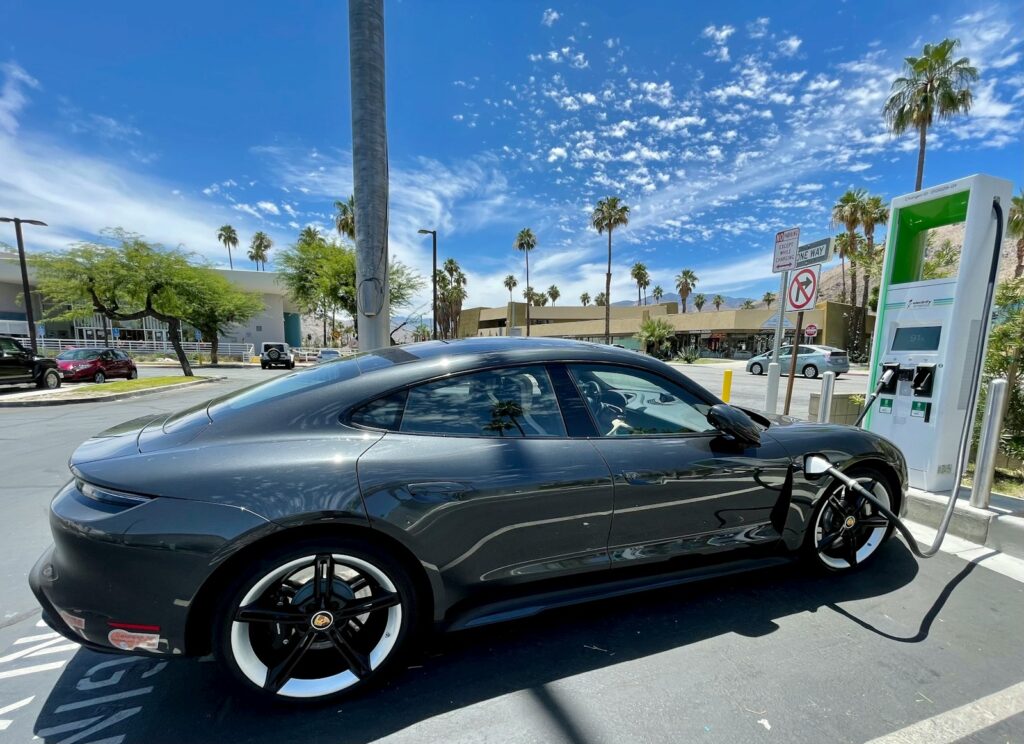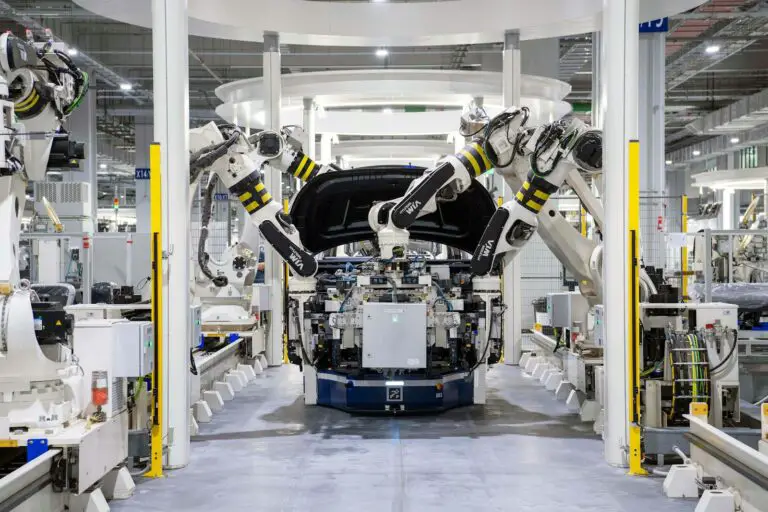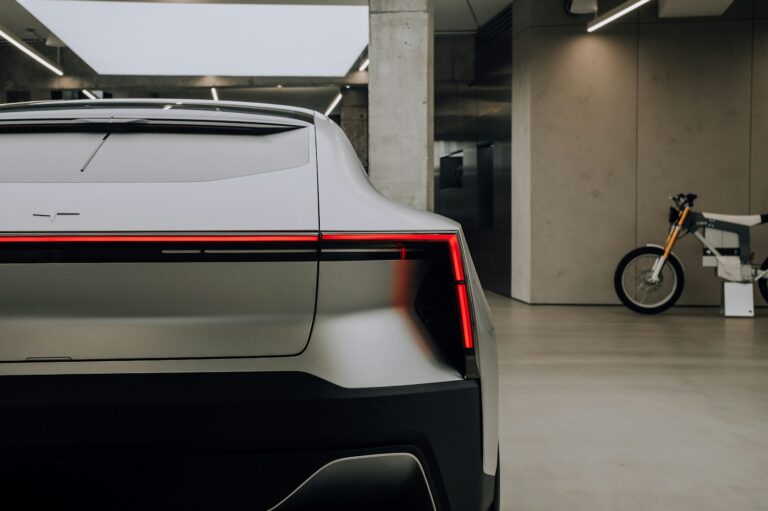Wireless Charging for Electric Vehicles: Breaking Down the Technology
The surge of electric vehicles (EVs) on our roads symbolizes a significant shift towards environmentally friendly transportation. A key part of the EV movement is the search for innovative charging solutions that marry the convenience of traditional refueling with advanced technology. Wireless charging, in particular, is on the vanguard of this transformation, paving the way for a future where plugging in becomes as antiquated as cranking a car engine. In this comprehensive guide, we’re unpacking the ins and outs of wireless charging technology, exploring its benefits, current industry trends, and looking ahead to where this groundbreaking tech is headed.

Understanding Wireless Charging
Sleek, sophisticated, and oh-so-futuristic, wireless charging systems are the pinnacle of next-generation EV tech. But how exactly does the magic happen? Put simply, wireless charging allows you to park on a plate or pad and top up your electric vehicle’s battery overnight without thinking about cords.
How it Works
Wireless charging operates on the principle of electromagnetic induction, a process through which a changing magnetic field in one coil (part of the transmission system) induces an electric current in a second coil (part of the receiving system). It’s a marvel of physics, all harnessed to charge your ride without any phsyical plugs or cables.
Benefits for Electric Vehicle Owners
Convenience
Picture this: you arrive home after a long day, tired and just wanting to relax. With wireless charging, you simply park your car in the garage, without needing to plug in. It’s seamless, hassle-free, and in a world where convenience is king, it’s an undeniable advantage.
Safety
No more tripping hazards or damaging your vehicle’s port. With wireless charging, there are fewer parts that can wear out or break. Plus, the reduction of moving parts means less maintenance, contributing to a safer and more reliable charging experience overall.
Efficiency
Despite stereotypes of traditional plug-in chargers being more efficient, wireless charging technology is rapidly catching up. The latest generation of systems boast efficiencies often well above 90%, ensuring you lose less energy in the charging process.
Technology Breakdown
Wireless charging is not a one-size-fits-all technology; there are several approaches to delivering current without wires. Here’s a closer look at the most common methods.
Inductive Charging
Inductive charging is the foundational technology behind the wireless transfer of electrical energy. It’s currently one of the most popular methods, using two coils to create an electromagnetic field to transfer energy.
Resonant Inductive Coupling
This method builds upon inductive charging by adding resonance to the mix. By finely tuning the frequency of the source and receiver units, this approach allows for more flexible and efficient charging over a larger distance.
Radio Frequency (RF) Charging
RF charging moves slightly away from the inductive family to alternatively capacitively couple the charge from a transmitting coil to a receiving coil. This can happen over longer distances, typically several inches, but with the trade-off of increased complexity and potentially lower efficiency.
Current Industry Trends
The electric vehicle market is charging ahead, and wireless charging is at the forefront of innovations. With global giants like BMW and Mercedes-Benz integrating wireless charging in their models, it’s clear that this is not just a fleeting trend but an integral component of the future of EVs.
Adoption Rates
While still in its relative infancy, wireless charging is steadily gaining traction. More developments in efficiency, interoperability, and standardization are key to accelerating its adoption rate.
Major Players and Innovations
The race is on for companies to perfect the technology, and there are already significant breakthroughs. From scalable charging solutions to networks that support various car models, the industry is pushing wireless charging towards mass accessibility.

Future Prospects
Improvements in Efficiency and Speed
The quest for faster charging is a universal concern in the EV community, and wireless is no exception. Innovations in technology are bound to pave the way for higher power transfer rates, reducing overall charging times and making electric driving even more practical.
Integration with Smart Grids
An exciting prospect for the future is the seamless integration of wireless charging with smart grid technology. This could open new possibilities in energy efficiency, allowing for dynamic charging that responds to grid demands and electricity prices.
Conclusion
The promise of wireless charging for electric vehicles is immense. From the elimination of pesky charging cords to increased energy efficiency, this technology stands to redefine the EV landscape. While there are hurdles to overcome, particularly in the realms of standardization and infrastructure, the future of wireless charging is brimming with potential. For electric vehicle owners, adopting wireless charging could be the next step towards a more sustainable, convenient, and technologically advanced driving experience. Whether you’re an early adopter or simply an EV enthusiast, staying abreast of the wireless charging evolution is not just fascinating – it’s essential.







